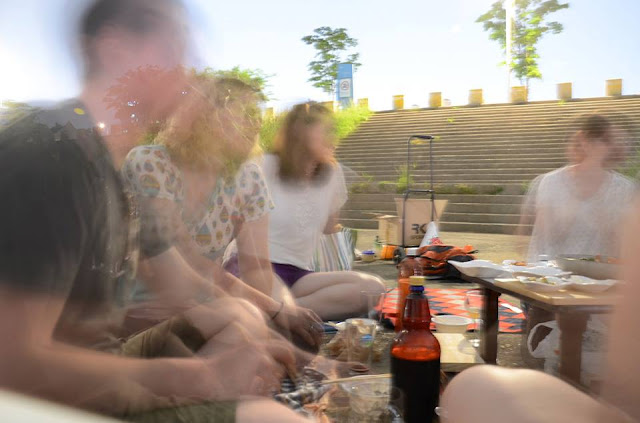The Original Kitchen
OUR TRAINING We were raised cooking for large crews of people in small/portable kitchens. For example, mom baked this birthday cake in the portable oven that sat over a gas range. (You can see it behind her head on the right.) This is how we learned to make ...






















































